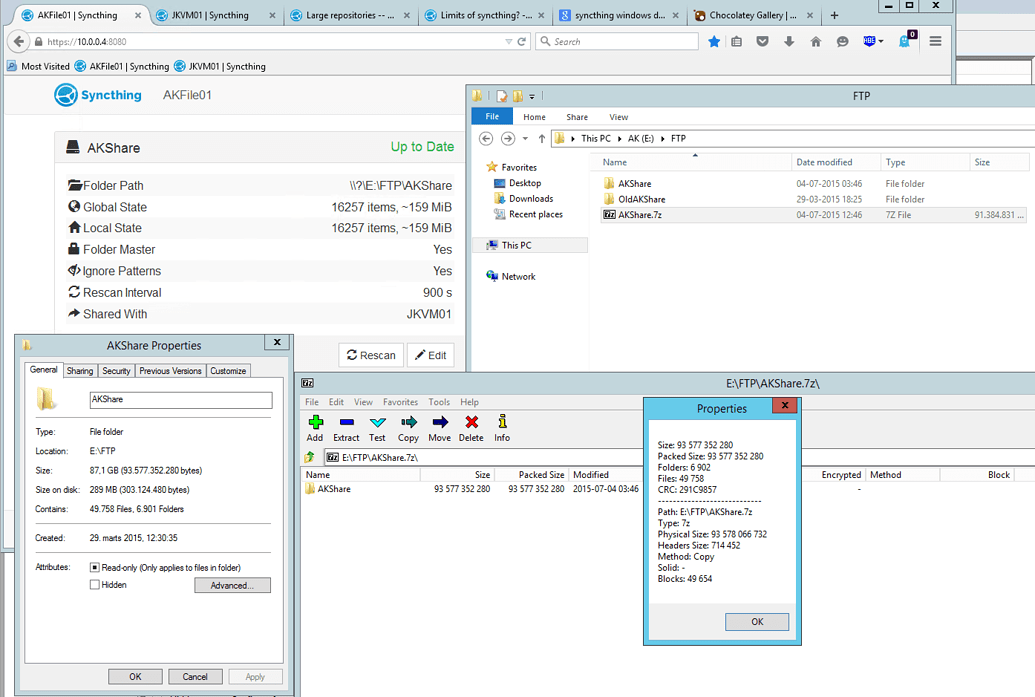


It is imperative for security techniques to cover the vast threats that are present across the three pillars of healthcare.Īs defined by the Center of Medicare and Medicaid Services (CMS), “an electronic health record (EHR) is an electronic version of a patient’s medical history, that is maintained by the provider over time, and may include all of the key administrative clinical data relevant to that person’s care under a particular provider, including demographics, progress notes, problems, medications, vital signs, past medical history, immunizations, laboratory data and radiology reports. The sensitive nature of the information contained within electronic health records has prompted the need for advanced security techniques that are able to put these worries at ease. The most frequently mentioned security measures and techniques are categorized into three themes: administrative, physical, and technical safeguards. Researchers collected and analyzed 25 journals and reviews discussing security of electronic health records, 20 of which mentioned specific security methods and techniques. These sources were used to conduct searches on literature concerning security of electronic health records containing several inclusion and exclusion criteria. The researchers utilized the Texas State University Library to gain access to three online databases: PubMed (MEDLINE), CINAHL, and ProQuest Nursing and Allied Health Source. Additionally, the researchers sought to establish a foundation for further research for security in the healthcare industry. Considering current legal regulations, this review seeks to analyze and discuss prominent security techniques for healthcare organizations seeking to adopt a secure electronic health records system.

The privacy of patients and the security of their information is the most imperative barrier to entry when considering the adoption of electronic health records in the healthcare industry.


 0 kommentar(er)
0 kommentar(er)
